Disclosure: Some of the links you’ll encounter are affiliate links. If you click and buy something, I’ll get a commission. If you’re reading a review of some precious metals company, please understand that some of the links are affiliate links that help me pay my bills and write about what I love with no extra cost to you. Thank you!
Are you one of over 3.7 million teachers in the US?
Do you want to start a blog where you can express yourself freely and take your teaching beyond your classroom and sell online courses?
Yes?
Good!
My “how to start a teacher blog” guide will take you by the hand and lead you through 8 simple steps you need to take in order to get your new educational blog online.
Stay put and let’s get started!
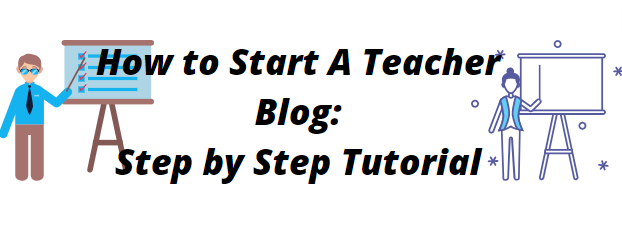
Note: this is a huge guide that covers all aspect of starting a teacher blog and making money from it.
If you just want to see how to start one with a new host, then use the table of content to go there immediately.
Table of Contents
7 Excellent Reasons Why Teachers Need to Have Their Own Blogs
There are actually way more than 7 reasons. In fact, I could’ve listed out 20.
But 7 is a magic number, and more than enough to convince you thoroughly to start a teacher site, if you even need convincing.
#1- Let Your Voice Be Heard
As an educator, you have your unique point of views and methods of teaching. They’re uniquely yours, but could also prove valuable to others.
So why not share them online so others can profit from them?
Having a teacher blog will help you do just that.
#2- Improve Your Writing Skills
As you read other blogs and materials from your niche, and as you create more and more content for your site, your writing skills and clarity of thought will drastically improve.
#3- Make Money
This is a great side hustle for teachers and you can make good money off your teacher blog, especially if you learn to promote it properly.
Keep in mind that it’s extremely cheap to start a blog and buy a domain name, so you will recuperate your initial investment really quickly.
Along with a domain name, you’ll need a cheap SSL certificate that can secure website with strong encryption while saving the cost.
But like I said, it’s cheap and won’t set you back too much.
#4- Connect With Other Teachers
Your blog out there on the internet is over time going to attract like minded teachers to you.
Don’t be surprised if you end up forming a tribe of devoted followers along the way.
#5- Show Professional Expertise
A blog is a perfect platform for you to show your expertise, how much you know, and what areas of human knowledge you’re a master in.
#6- Assist in Teaching Responsibilities With Students
With a teaching blog you can easily add extra material to it so as to aid your students to learn more, better, and acquire knowledge you don’t have time to teach in regular classroom.
It’s a win-win as students get more valuable information, and you get more traffic to your blog.
#7- Offer feedback to Students and Their Parents
Having a blog makes it a piece of cake to post online feedback to student and their parents which they can read at their convenience.
As mentioned, there are more reasons than this why teaching professional need to start their teacher blogs today.
And now let’s get into the meat of this guide, the true reason why you’re here.
Here are 8 Easy Steps to Take to Start a Teacher Blog Today!
Note: 8 steps seems like it’s a lot, but it’s really not.
In fact, after you’ve chosen a niche, which is a bit more involved process as it takes some deep pondering, you can pretty much get your hosting and site running in less than an hour.
That’s how fast you can start your teacher blog!
#1- Decide on Your Teaching Niche
Teaching is a rewarding profession, but also extremely vast, and the most basic mistake you can make is to try to cover every teaching topic under the sun.
It’s surefire way for quick failure.
Instead you need to pick a niche.
What is a niche?
Niche is a subset of total market you’ll be targeting with your blog.
For example “teaching is a niche” and subsets of that space are:
- Choose a Grade;
- Choose a Subject;
- Co-Teaching;
- Substitute Teaching;
- Secondary School Resources;
- Multi-Grade/Multi-Age Classrooms;
- Homeschooling;
- Classroom Management:
- Grammar
- Higher Education
- Videos on Pronunciation;
- Vocabulary for a Particular Use;
- Listening Exercises;
- Improve Soft Skills.
I’m sure you get the point. There are ton of niches you can go with and you need to pick what you’re deeply passionate about.
Here are some more guidelines.
#1- You niche must not be too narrow. If it is, you will struggle to get traffic, even if you rank for everything.
#2- Your niche must not be too broad. Yes, even a subset of a large niche can be too broad. and ranking in that space will be a protracted battle with constant uncertainty whether you’ll find success following you every step of the way.
#3- You must be an expert on the topic. Your niche must be something you really know a lot about, or are ready to learn about.
But I’m sure you knew this last point. Besides, how would you teach something you’re not intimately familiar with?
#2- Pick Your Blogging Platform
Now that you have your niche in mind, it’s time to pick a blogging platform that’ll host your future teacher website.
If you don’t have any experience with internet publishing, you probably think that creating a website is an involved process with a myriad of steps, and one that requires deep knowledge and technical know how?
You couldn’t be more wrong.
Starting a blog today is a 15m process, and if you follow my patented process right below you’ll be able to do it in ~10m on your first try.
Before we get into creating a blog, first let’s see what are your options.
You can create a blog for free on blogging platforms like Blogger, Tumblr, WordPress.com Wix, Weebly, SquareSpace or Strikingly.
Or you can pay a small fee and get yourself a self hosted blog with WordPress.org.
I recommend the latter and here’s why.
The 6 Main drawbacks of Free Blogging Platforms
There are more than 6, but these will be enough to show you why you should not start a teacher blog with a free website.
#1- Unprofessional look– having your blog on a subdomain, and your domain name looking like this www.myteacherblog.mystrikingly.com is an epitome of online newbieness and amateurism.
You could have the best content in the world on your topic of choice, and you’d still not get any visitors from Google, and those that find your blog by mistake would very quickly leave.
No one wants to waste time on some amateur blog and it’s your job to not appear as one.
#2- Severely Limited Capabilities– Self-hosted WordPress is famous for being extremely customizable. With the help of plugins and themes you can transform your blog any way you like.
Free blogging platforms are the total opposite. They’re highly rigid in functionalities and what you can do with them in an aesthetic department.
In other words, you see one Tumblr blog, you’ve seen all of them. And that goes for all other free blogging platforms as well.
#3- Lack of Control- when you host your content with a free blogging platform, you write the content, but they own it and your blog.
It’s very easy to run afoul of some rule of theirs you didn’t even know about, and have your content erased from the face of the internet.
#4- Low Monetization Potential- Free blogs almost never rank for anything, and you need traffic to make sales and monetize your blog. Simple as that.
#5- Switching is a Hassle– if you disregard my honest advice and proceed to make a mistake of starting a teacher blog on Blogger (as an example), pretty soon you’ll realize you should’ve listened and you’d want to switch to self hosted WordPress.
Except that you won’t be able to.
Actually, you would, buy you’d need to hire external help and it’s a whole process that’s best avoided. You’ll lose your nerves, and more importantly, your time.
Bottom line- don’t waste time and energy blogging on free platforms. It’s not worth the hassle, especially when hosting on WordPress.org is so super affordable
#3- Step #3- Getting a Domain Name and Hosting
Before I show you how to buy domain name and web hosting, here’s why WordPress.org is the best platform to host your content.
- WordPress.org is a one-click installation;
- It’s super easy to use, and very beginner-friendly;
- Fully customizable and no coding experience required;
- Countless plugins and themes to extent its functionality;
- You’re free to monetize your site any way you’d like;
- There’s a huge and helpful community of developers and users;
- WordPress is a secure platform.
Want more?
- Over 64.7% of all websites are powered by WordPress, and that percentage is still rising;
- WordPress consists of over 60% of CMS-built websites;
- Over 700 WordPress websites are created daily;
- 2 billion+ web users visit WordPress websites every month;
- WordPress isn’t just for blogging; 28% of e-commerce sites are using WooCommerce plugin for WordPress.
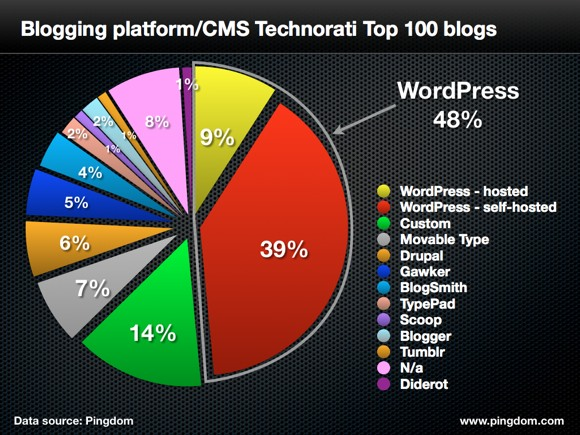
How to Start a WordPress Blog (With HostGator)
HostGator is a very affordable, fast (offer SSD-storage hosting) newbie friendly WordPress host that is an excellent pick for your teacher blog.
They also offer one-month free trial of their service.
Check out this list of web hosting free trial providers here.
I already covered on my blog how to start a WordPress blog with HostGator, but I’ll do it again here.
Follow the steps (and accompanying images) and you can’t get lost or confused.
First, go to HostGator.com and click on the big “Get Started” button.
Second, pick the plan you want and need for your website.
I recommend you pick the Hatchling plan.
It’s the cheapest one that has exactly what you need to start and run a successful teacher blog.
Third, pick a domain name.
Doman picking tips:
- Buy a .com domain. Most sites sport this extension and web users trust it
- Make it branded. Don’t include a target keyword in there;
- Make it short and memorable
- Don’t use numbers and hyphens
- Don’t use someone else’s brand name or something extremely similar
Final tip- don’t get stuck. So many wannabe bloggers get bogged down with choosing a “perfect” domain name for their blog, that they never get around to actually building one.
Fourth, choose a hosting plan. We already agreed that Hatchling is best for your new blog, and as for time duration, HostGator lets you pick from 1 month to 36 months.
Since one-month hosting is useless for growing a blog, the only really viable options are 12, 24 and 36 months.
I recommend that, if you can, you go for 36 months.
Why?
Because it’s the most affordable like that. Picking a 36-month hosting term lowers monthly costs to just $2.75/mo which is 60.5% discount.
Fifth, create your HostGator account.
This is what you’ll use to access your hosting and cPanel (control panel).
Sixth, add your payment details. This is self-explanatory.
You can pay for HostGator hosting with credit card and PayPal.
Seventh, add additional services to your hosting.
Out of everything that’s on offer, I’d avoid most and only go for SiteBackup (this gives you automatic, daily backups of your site) and SiteLock Essential (this addon protects you from hackers and malware).
Eighth, this is the final step. You just need to review your order and buy by clicking the “Checkout Now!” button at the bottom of the page.
That’s it!
Congrats on getting your new hosting set up!
Your teacher blog is almost ready!
Note: if you’re reading this close to Black Friday, check out my HostGator Black Friday deal page here! Alternatively, you can check out this Hostinger Black Friday page by my friend Ayush Mishra. Hostinger are a great, newbie-friendly host too.
#5- Install a WordPress Theme On Your Teacher Blog
Now that you’ve bought a hosting plan, it’s going to take a few minutes for HostGator to set up your account.
Once it’s done (they’ll let you know via email) you’ll be able to log in via this page:
Next, you need to install a WordPress theme for your site.
What’s a theme?
It’s how your site will look once online. Think of it as clothes for your blog to wear.
There are tens of thousands of free themes you can pick for your site, and many of them are really good, however I recommend you pick a premium theme for your teacher blog.
Why?
Because of these 6 reasons.
#1- Webmaster friendly- WordPress themes are made of code, yet you the webmaster needn’t know a sliver of code to use them.
#2- Unique design- premium WordPress themes look slick, professional and classy compared to shabby free themes.
Also, they have a whole array of customization options for you to make your blog look truly unique.
#3- Mobile friendly- all WordPress themes are designed to look great regardless of the device they’re displayed on.
#4- SEO friendly- premium SEO themes are coded based on newest coding SEO practices. They’re built to help your site climb the SERP’s faster.
#5- Great support- when you pay for a premium theme, you also pay for premium support, usually 24/7, live chat and email.
#6- Enhanced security- Premium themes are also super safe and invulnerable to hacker and viruses from the web.
I hope that now you know why you MUST pick a premium WordPress theme for your teacher blog.
Here are few that I personally recommend.
#1- Divi
Divi is the most popular theme in the world. Millions of webmaster use it on their sites and pretty much all of them are raving about its capabilities.
What makes Divi stand out is its inbuilt Divi builder, which lets you create any site you want without knowing any code.
#2- Studiare – Education Theme for University & Online Courses
This themes is just build for future teacher bloggers. It offers WooCommerce functionality which lets you display your own courses.
Studiare also comes with inbuilt WPBakery page builder which you can use to modify your site as it suites your taste.
Get Studiare now!
#3- Owly – Tutor PSD Template
Owly is a perfect themes for tutors, coaches, and teachers who wish to offer online classes.
With Owly, you can build an online learning academy or a unique LMS Training tutorial site.
Get Owly now!
#4- Edubin – Education HTML Template
Edubin is another excellent choice for your future teacher website.
It comes with a clean and responsive template and multiple homepage variations that will help you get started with blogging without wasting too much time on design.
Edubin is a perfect theme for schools, online courses, universities, and all other educational institutions.
Get Edubin now!
#5- LearnUp – Education HTML Template
LearnUp WordPress theme comes with a lot of amazing features, including Multi Header and Advanced Search features.
It has a wide variety of templates and pages to choose from.
LearnUp is also very simplistic on a back-end. With it, you can set up a professional-looking, unique teacher blog in just minutes.
#6- Simple Article – WordPress Theme For Personal Blog
SimpleArticle is designed for personal blogs, but teachers can also use them. Especially if you want a simple, clean, and minimalist theme.
SimpleArticle is fully responsive and comes with an inbuilt page builder you can use to create a blog of your dreams.
Get Simple Article now!
Note: all this talk about themes, but do you know how to install one?
It’s easy, log into your WordPress and in the left sidebar click on Appearance>Themes
Next, click on Add New.
Now just search in the search bar, find the one you want and install/activate it.
#5- Create Essential Pages and Get a Nice Logo
In this section in my starting a teacher guide we’ll briefly cover the essential pages you need to have as a legitimate website.
What are essential pages?
They’re pages that serve as trust signals to both Google and users visiting your website.
When users see them, they’ll know your website is legit and will be more likely to stay, browse, and potentially click on an affiliate link and buy.
Essential pages are:
About page; here you’ll tell people about the story of your brand, and what your brand values are.
The key to this page is that, even though it’s a page about your brand, you should be telling them how they’ll benefit from your site.
About Me page. Here you have a chance to explain to the world why you started a teaching blog, and what exactly makes you a formidable source of information on the topic.
Privacy Policy. This is a boilerplate page that you need to have and that explains to users how you handle their data and cookie rules.
Pro tip: feel free to copy the privacy policy in verbatim from some other site, even mine Just make sure to change nikolaroza.com to yourteacherblog.com.
Affiliate Disclaimer. According to FTC, you must have a clearly visible affiliate disclosure on any page on your site that hosts affiliate links or paid promotions.
Here’s mine for inspiration.
Contact Me. Here you give your visitors way(s) to contact you, the more the better. I suggest you give them your site’s contact email, then you need to have a contact form, and cap it off with links to your Facebook, LinkedIn and Twitter profiles.
Creating a Logo
You also need a logo for your site. You can make one by yourself using an online logo creator (here’s a good tutorial) or pay a pro to do it for you.
#6- Start Blogging
Now for the fun and most rewarding stuff.
It’s time to start blogging and make your teacher’s blog come alive.
To begin your blogging adventure you first need to know the keywords people type into Google every month.
How to find keywords for free?
I suggest you use a tool called Answer the Public. This tool’s free version can show you all questions folks ask about your niche and topic.
And there’s a premium version that tells you search volumes for each keyword/question.
ATP is dead simple to use.
First, go to answerthepublic.com and type your seed keyword.
I’ll use “teaching”
Next, Answer the Public will show you all questions people ask.
Click on “Data” to get a more organized view.
Now all you need to do is to extract keywords you like and where you feel you can add value and voila, you have your first keyword list.
As mentioned, if you want to have search volume data so you’re not shooting in the dark, then Answer the Public Pro is a very reliable tool that can give you the accurate data you need.
Bonus- 3 tips on writing successful blog posts in any niche
Your article must solve a problem. Behind every keyword there’s a problem waiting to be solved. Your visitors are in pain and in need of helping.
Understand their pain first, and then focus on providing the answer in your blog posts.
Your article must be unique. Being unique does not mean you have to invent things no one’s ever thought of.
No, it’s the opposite. You need to do research to see what other bloggers have written on the topic, synthesize their blog post’s best parts, and add your unique spin to the topic.
Adding unique images and cute graphics you made by yourself also helps tremendously.
Note: I use, Canva Pro, Visme and Design Wizard for image creation. I recommend all of these, + plus some text tools like Grammarly, JasperAI and ShortlyAI wholeheartedly.
Your articles must be SEO-ed. To SEO an article means to do basic on-page SEO to it. This is crucial because on-page SEO help the web user quickly see they’re on the right page, and aids Google in understanding your page’s relevance for topics X,Y and Z.
#7- Start Promoting Your Teacher Blog
Before starting to promote your teacher blog it is important to publish a dozen articles on your site + have all the necessary obligatory pages.
This will make your blog feel alive and variety of content across different categories will keep that early audience engaged.
So, how do you promote a teacher blog?
Here are some idea for FAST traffic generation.
Tell your friend and family about it. Now that your blog is live and you’re looking to get traffic, you can tell friends and family and give them direct links to your site.
This will generate anywhere between a few dozen and few hundred visits to your site.
My advice is to use that and ask your friends what they think of your site. a foreign, neutral eye might be able to spot flaws you as a creator can’t.
Use social media- it’s great if you’re already on social media and have a decent following.
It’ll help you get the ball rolling faster. But don’t fret if you don’t have a presence.
Open up branded accounts today and start posting, engaging and promoting others.
Pro tip: it’s very important to promote other bloggers in your niche. It’s because then they’ll feel the irresistible urge to promote you back.
That way you’ll get to tap into their large audiences for free.
I suggest you tap into Michael Hyatt’s rule of 20 for guidance.
Join teacher Facebook groups- Facebook has over 2 billion users and most of them are not teachers 🙂 but many of them are and they’re organized in many Facebook groups.
Find those groups and join them.
As a new member you’ll want to hold off with promotion.
Instead, engage with other teachers there, spend some time contributing, and then you can gently plug your links.
Note: Facebook ads are pretty cheap, and they convert handsomely. You could try creating Facebook video ads and blasting a campaign into the ether.
Success is not guaranteed, but you might be pleasantly surprised at extra exposure your new teacher blog gets.
Do SEO- SEO is always going to be the best way for you to get traffic to your blog. SEO is roughly divided into on-page SEO and off-page SEO.
On page SEO is all about exact keyword placement in a few key places across your post.
It’s very easy and here’s my on-page SEO SOP.
Keyword in SEO Title;
2. Keyword in URL;
3. Keyword in meta description;
4. Keyword in H1 title;
5. Keyword in first paragraph;
6. Keyword in subheadline;
7. Keyword in image file name, alt attribute and caption;
8. Keyword somewhere in the middle of the post;
9. Keyword at the end of a blog post.
Off-page SEO is all about building external signals that help validate your blog in Google’s eyes.
External signals like backlinks help you rank 20x more than you normally would with just on-page SEO.
There are a myriad of link building tactics you can employ to get backlinks to your site, but the easiest one to get started with is guest posting.
Guest posting is when you write for other teachers and their blogs, and your content goes on their blogs and you get a few backlinks in return.
#8- Start Making Money With Your Teacher Blog
Ok, you published a few dozen high-quality posts.
You have a few dozen guest post links.
You’ve build a up a bit of a reputation in your niche. Other teacher bloggers know you and your brand, and are happy to spread the word about it.
You have your blogging SOP nailed.
Great!
But now what?
Now’s the time for you to start making money with your teacher blog. I suggest affiliate marketing as the best way for newbies to make money.
Why?
Because of several reasons.
First, You can make money even with a low trafficked blog.
Second, it’s almost totally passive income.
Third, it’s highly scalable.
The more traffic you get, the higher earnings you have.
To start with affiliate marketing, you need to join a bunch of affiliate programs and networks.
(See the example above? I”m an affiliate too:))
Some of the better ones that cater to the teacher niche are:
- The Scholastic Store Online
- Rosetta Stone
- E Learners
- Essay Edge
- NewEducationJobs.com
- Amazon Associate Program
- The Microsoft Education Affiliate Program
- Kaplan
- TextbookX.com
- Academic Superstore
Other ways to make money with a teacher blog
Offer services. This is a great way to start making money very quickly. As a teacher you can easily offer freelance writing and editing services.
As a teacher you can also easily offer online tutoring, or freelance writing and editing services.
You can also offer web design, photography services, digital marketing, social media management…
The sky is the limit when selling online.
Google Adsense- displaying banner ads used to be a great way to make income online.
It’s because in the early days of the internet there was no real competition, and most blogs had some traffic, and web users had no clue there were ads on the page.
So they were clicking left and right.
Nowadays, it’s different. Web users are doing their best not to click on any ads.
Bottom line- Google Adsense as a standalone monetization tactic is not worth it. But it’s worth it if you combine it with affiliate marketing.
Starting a Teacher Blog FAQ- All Your Questions Answered
I went to Quora and lots of teachers there are asking questions like:
- I’m a teacher, how can I start a teacher blog;
- How to start an educational blog as a teacher;
- What are some good examples of successful teacher blogs;
- etc
The answer they got was pretty awful, which is characteristic of most Quora threads.
However, those questions inspire me to write the FAQ section you’ll see below!
Enjoy!
#1- How To Start an Education Blog?
Starting an education blog is the same process as starting a teacher blog.
Please consult the guide above.
#2- What are Some Great Teacher Blog Examples?
- Ms. Cassidy’s Classroom Blog (https://mscassidysclass.edublogs.org/)
- Teach for US (https://www.teachforamerica.org/)
- The Teaching Palette (https://tlpsart.edublogs.org/tag/the-teaching-palette/)
- Science Fix (http://www.sciencefix.com/)
- The Principal’s Page (https://sites.google.com/northwood.k12.nh.us/nsd/administration/principals-page)
#3- How to Make Money With a Teacher Blog?
There are many ways you can make money with a teacher blog:
Some options are:
- Affiliate marketing;
- Banner ads;
- Sponsored posts;
- Selling courses
#4- How to Teach Students How to Blog?
Teach them by example. More is caught than is taught.
Show them how it’s done and then point them to this guide so they too can profit from it 🙂
#5- How Can a Teacher Create and Use His Blog for Teaching?
It’s easy for teacher to start a blog. Just follow the step-by-step instruction you found here and you can’t help but make a decent self-hosted blog.
As for how to use it, you can use it anyway you want.
For example, you can use it to expand on the lessons taught in the classroom and for which you had no room for.
Or you can use it to post feedback for students and teachers. Or you can share teaching material in easily downloadable format.
Or you can create a forum for other teachers and students.
#6- Can a Teacher Start a Blog on a Free Platform?
Yes, they can. Yes, you can.
But you shouldn’t.
Because starting a blog on a free platform is like stamping yourself a permanent seal of a hobby blogger.
And that’s fine if you want to blog out of passion and have zero interest in making money with your blog.
But if you intend to make any money online, then going with self-hosted WordPress is key for growth.
Nothing and no other CMS can compete with WordPress and starting your teacher blog on a self-hosted WordPress platform is the first step towards successful monetization.
#7- Do I Need a to Be Subscribed to a Paid SEO Tool When Just Starting My Teacher Blog?
When you’re just starting out your teacher blog, you don’t need to be subscribed to any paid SEO tool.
However, after a few months when your site is set up and your obligatory pages are live and kicking, you will need to invest in a premium SEO app.
I recommend SEMrush.
SEMrush is the best all-in-one SEO tool on the market that can help you with any marketing task you need to be done. SEMrush features like keyword research, backlink analysis, domain breakdown and comparison are especially useful for bloggers (including teacher bloggers) who’re trying to build their online empires.
Besides being the best SEO tool, SEMrush offers a generous free trial, and SEMrush pricing strategy is also very optimal for most.
Note: if you can’t afford SEMrush, check out my free SEMrush alternatives post next!
And please don’t fall for scams like SEMrush premium cookies and SEMrush cracked version.
Those don’t exist ad are scams.
How to Start a Teacher Blog (Conclusion)
Look:
the internet is the best place for individuals to start their blogs and make money writing about what they love.
As an educator and a teacher, you can use your blog to share valuable information and insights not available inside your classroom (either because of time constraints; or because of the pre-determined, tight, strict teaching schedule;
and you can make good money doing it!
And what’s wrong with that?
Start your teacher blog today!
Nikola Roza
Nikola Roza is a blogger behind Nikola Roza- SEO for the Poor and Determined. He writes for bloggers who don't have huge marketing budget but still want to succeed. Nikola is passionate about precious metals IRAs and how to invest in gold and silver for a safer financial future. Learn about Nikola here.


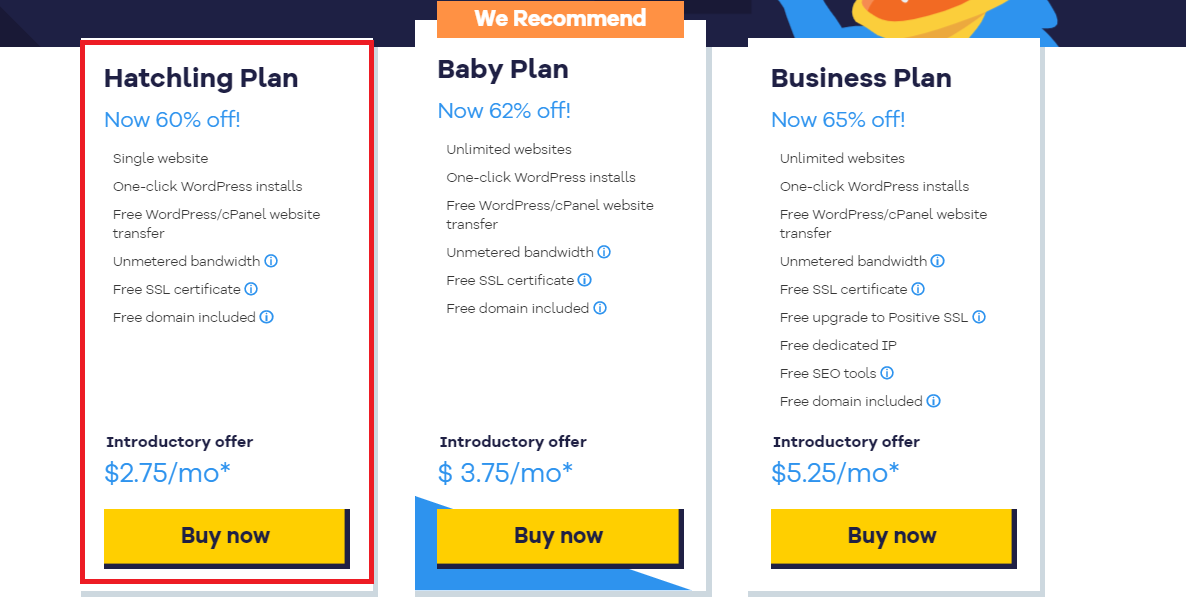


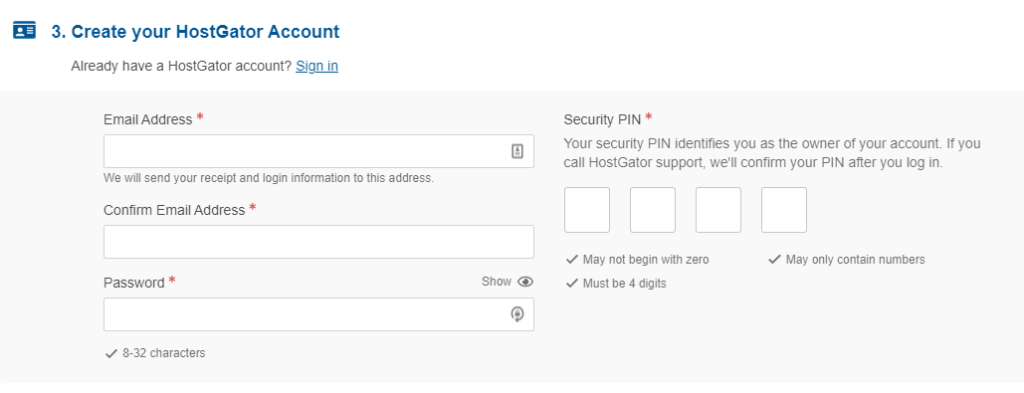
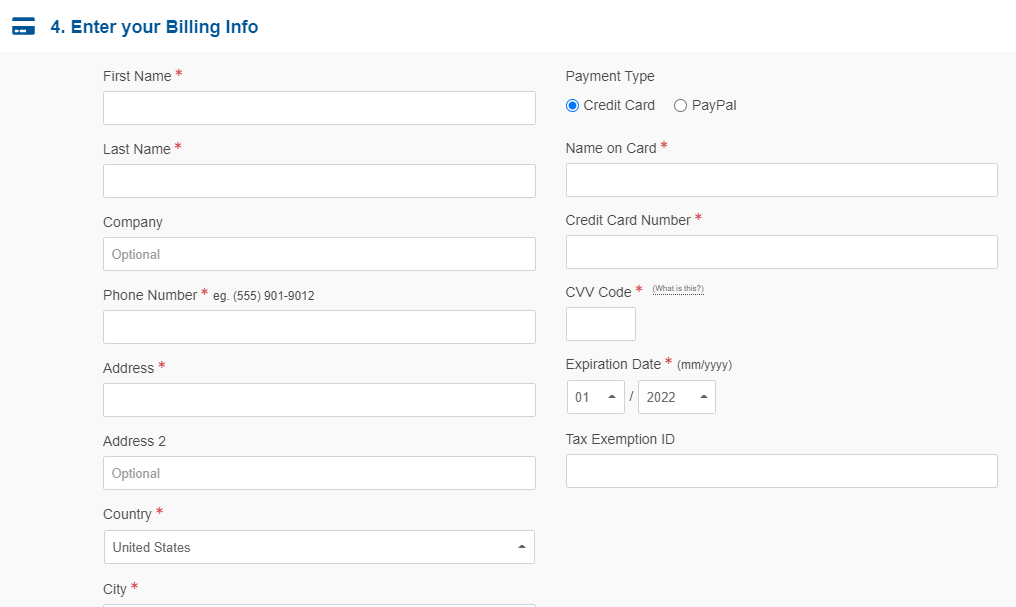
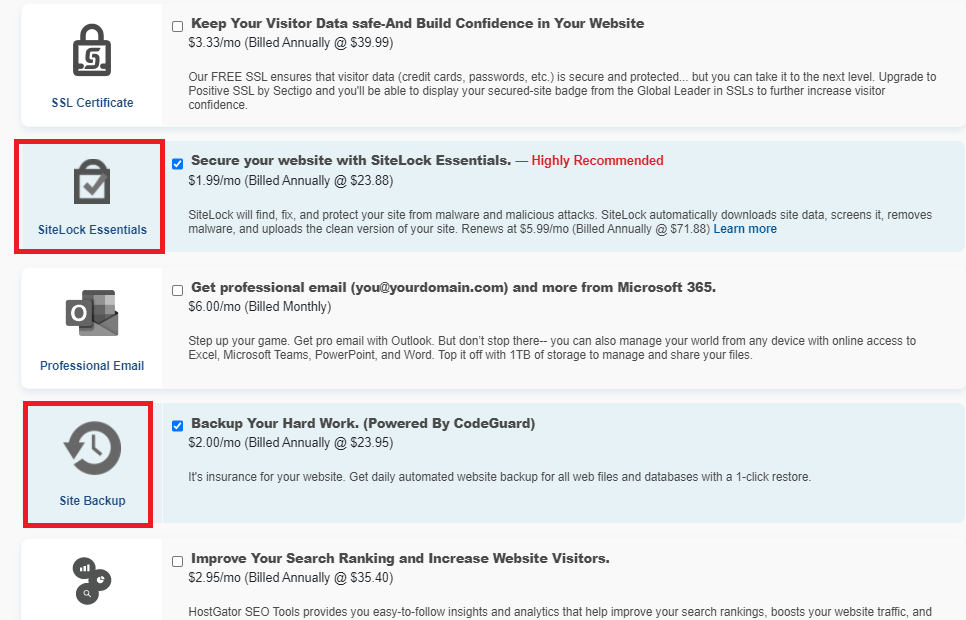
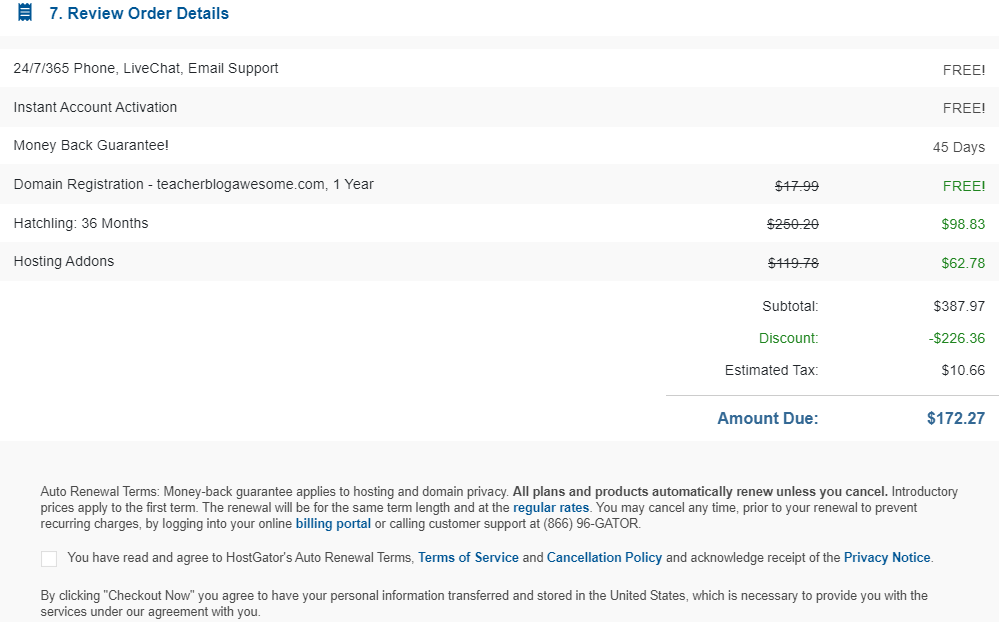
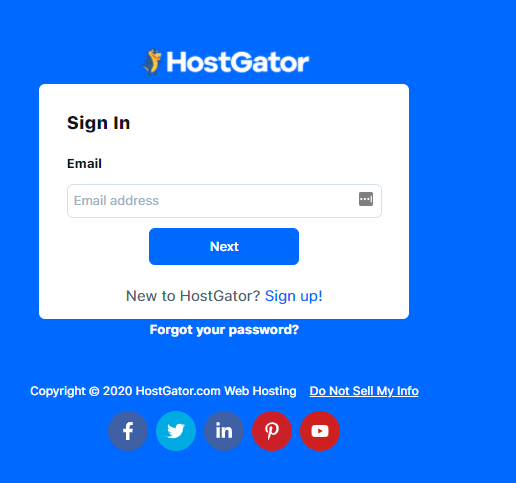
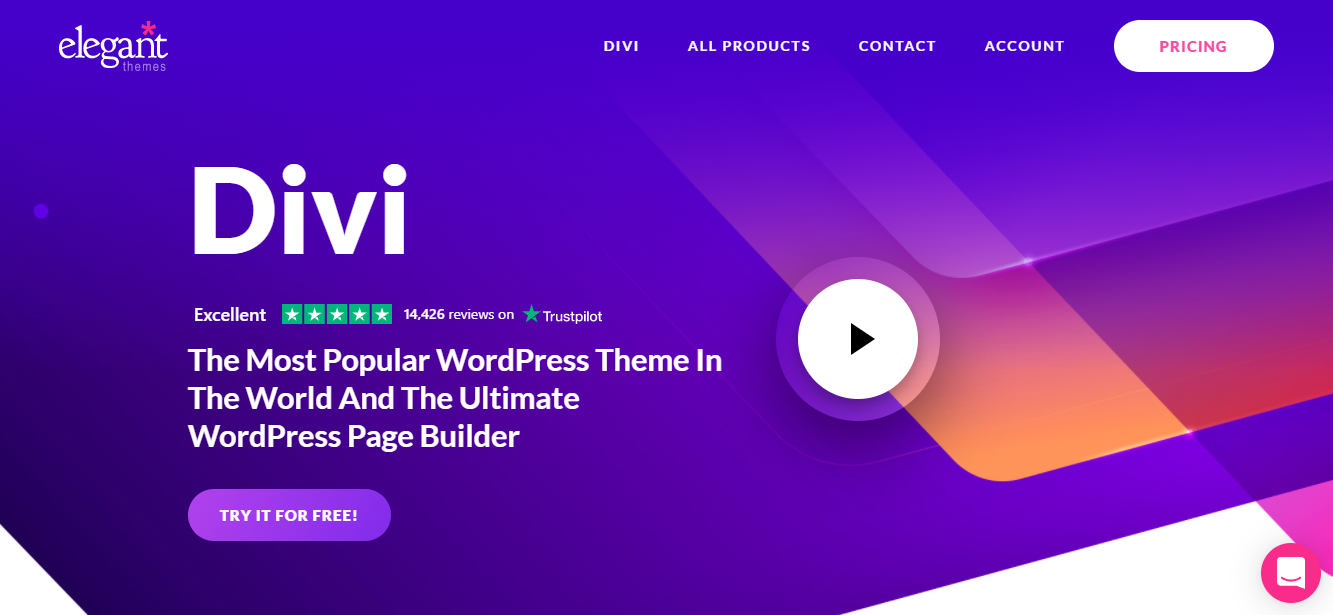
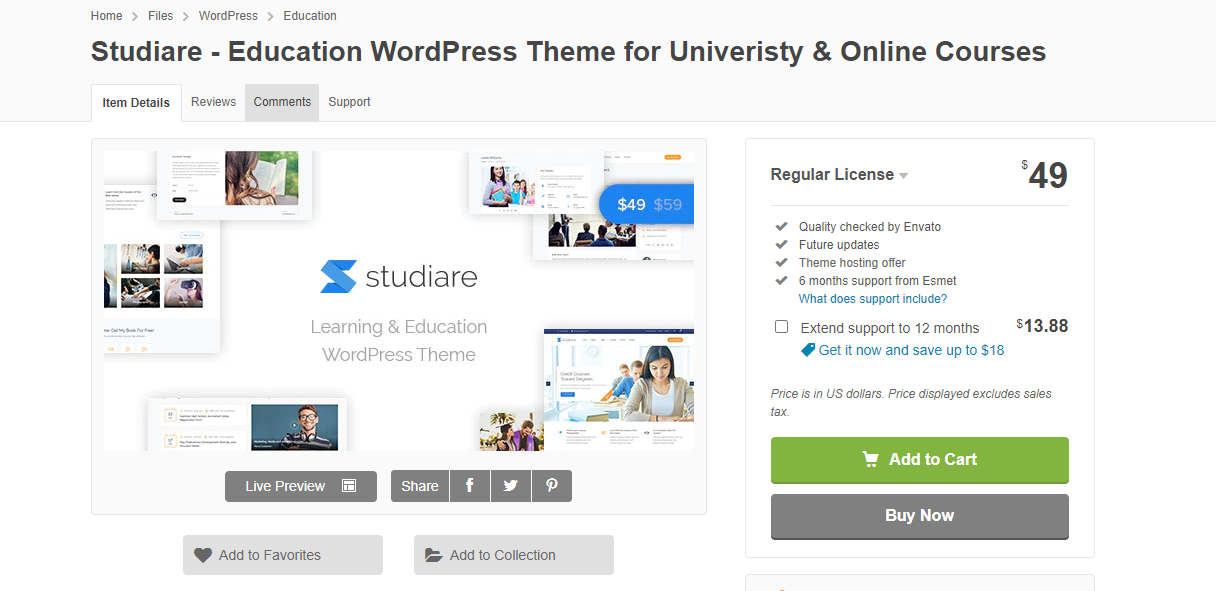
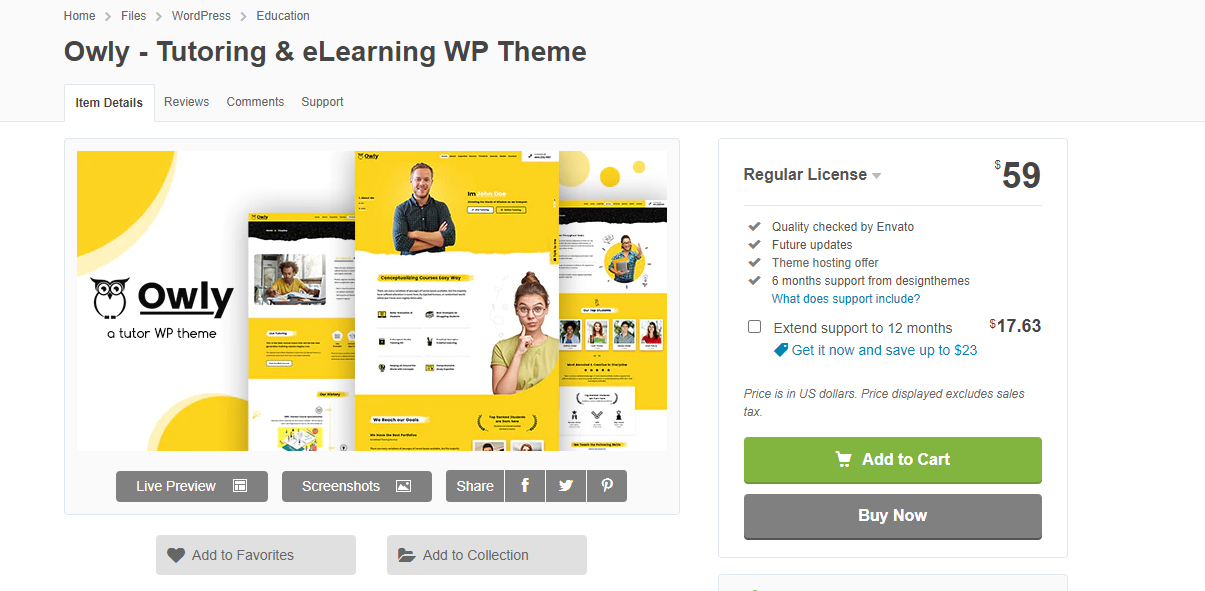
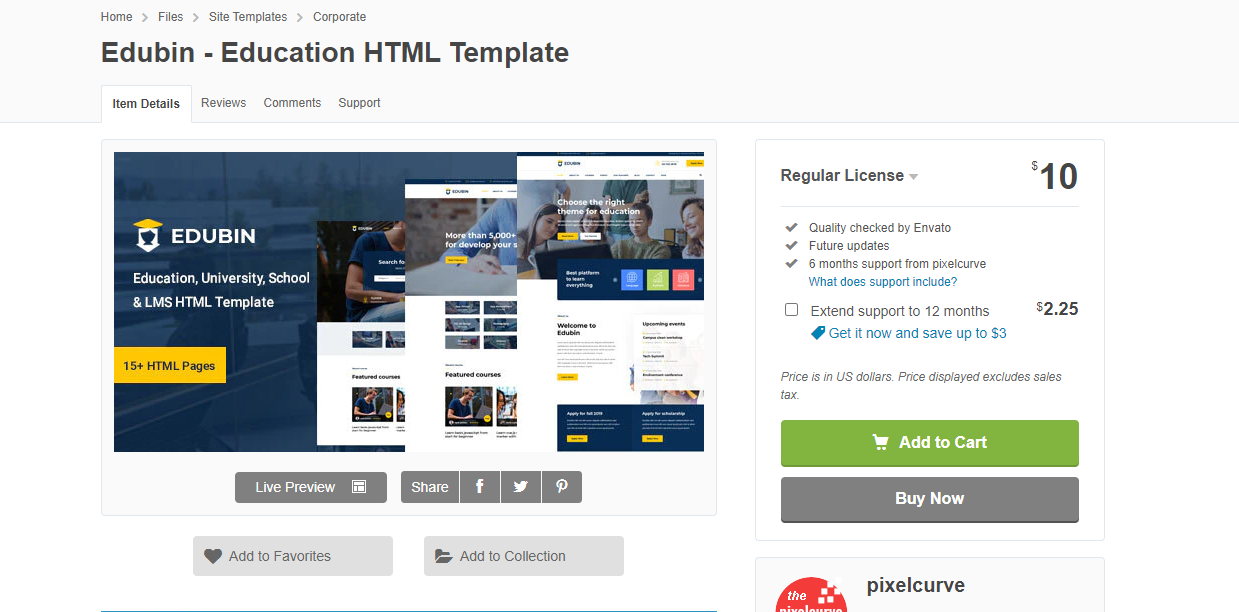
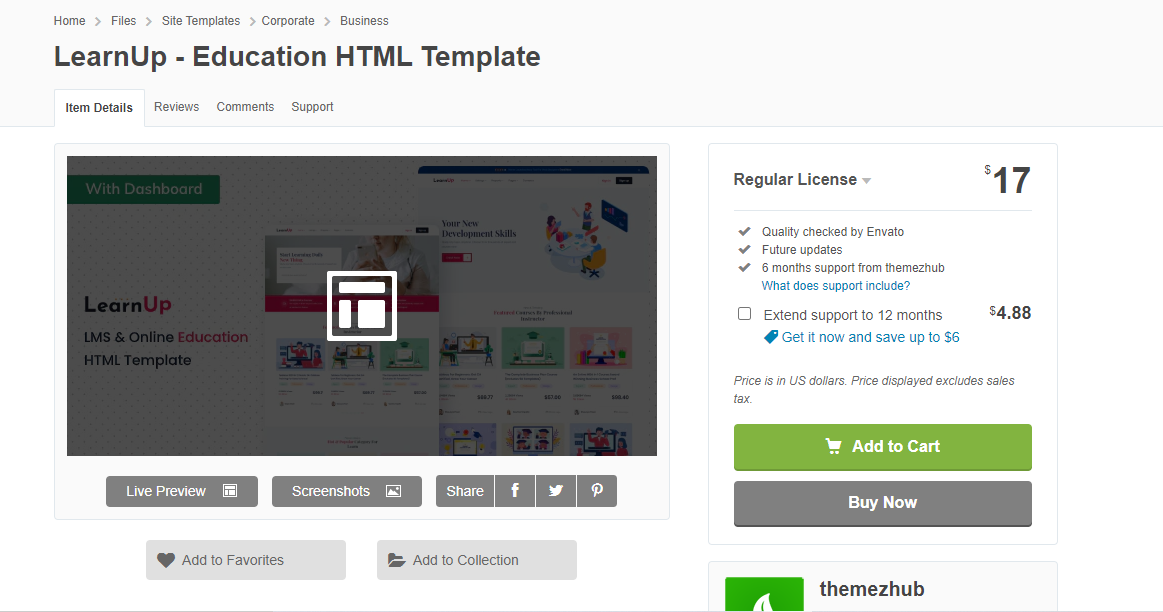
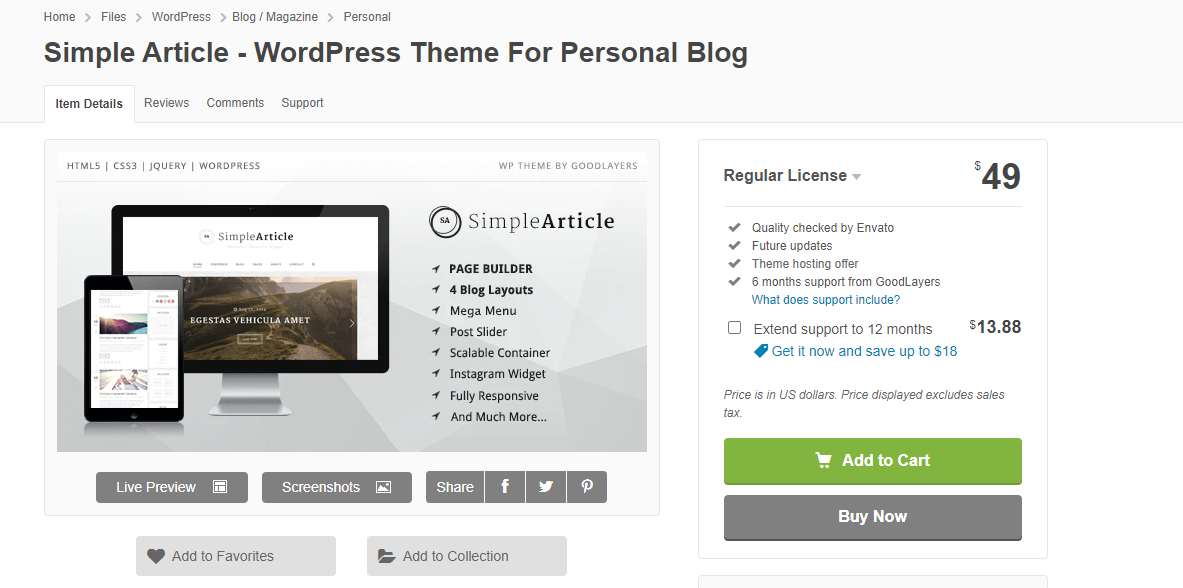
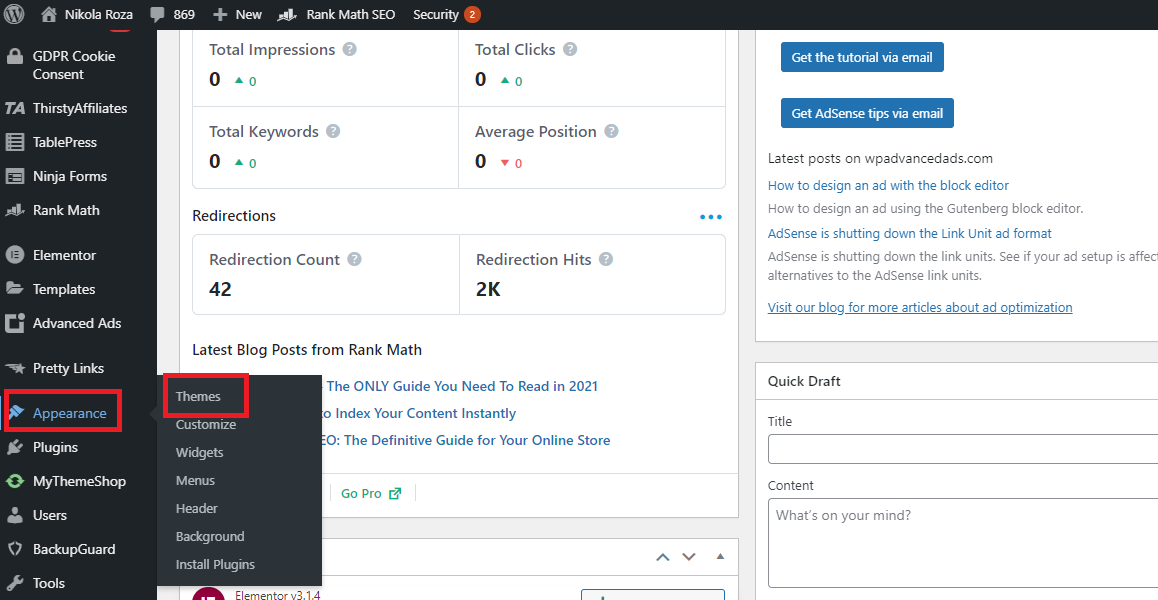
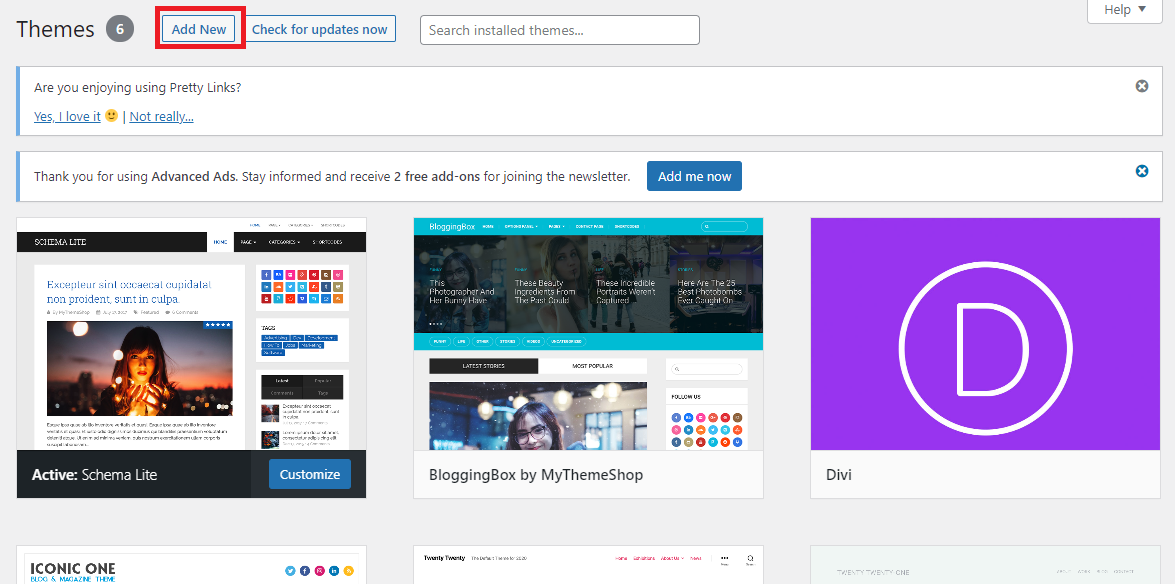
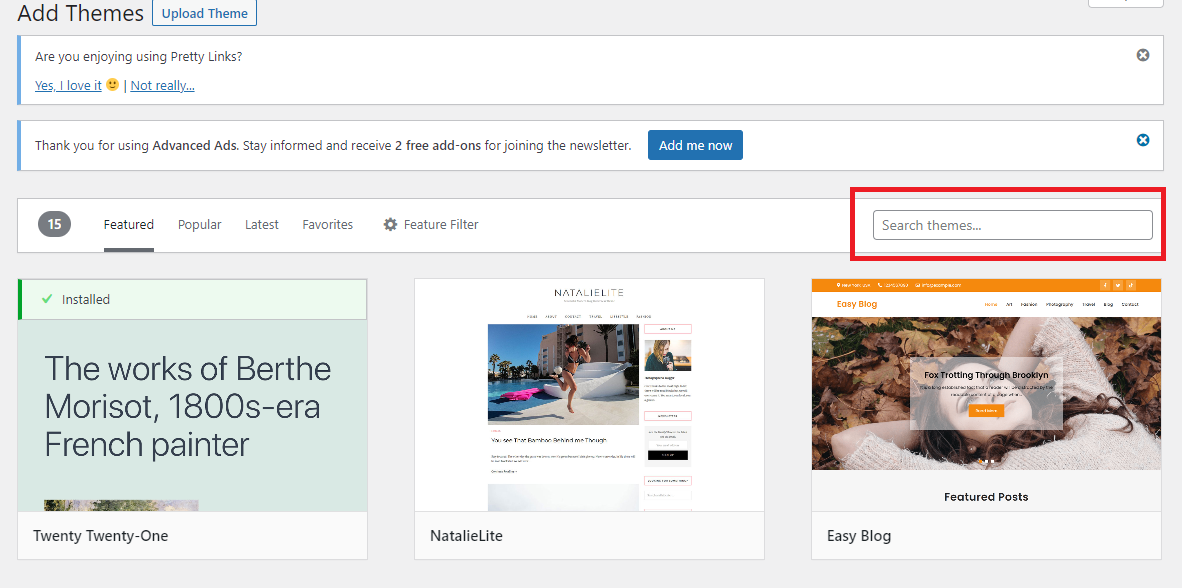
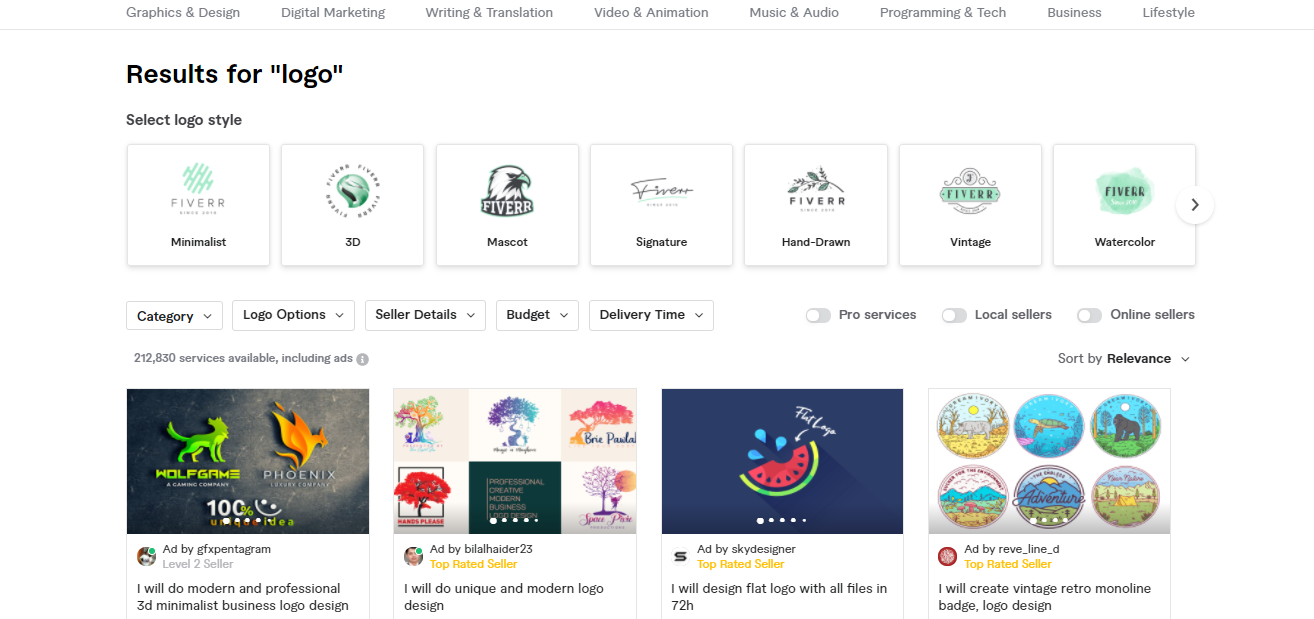
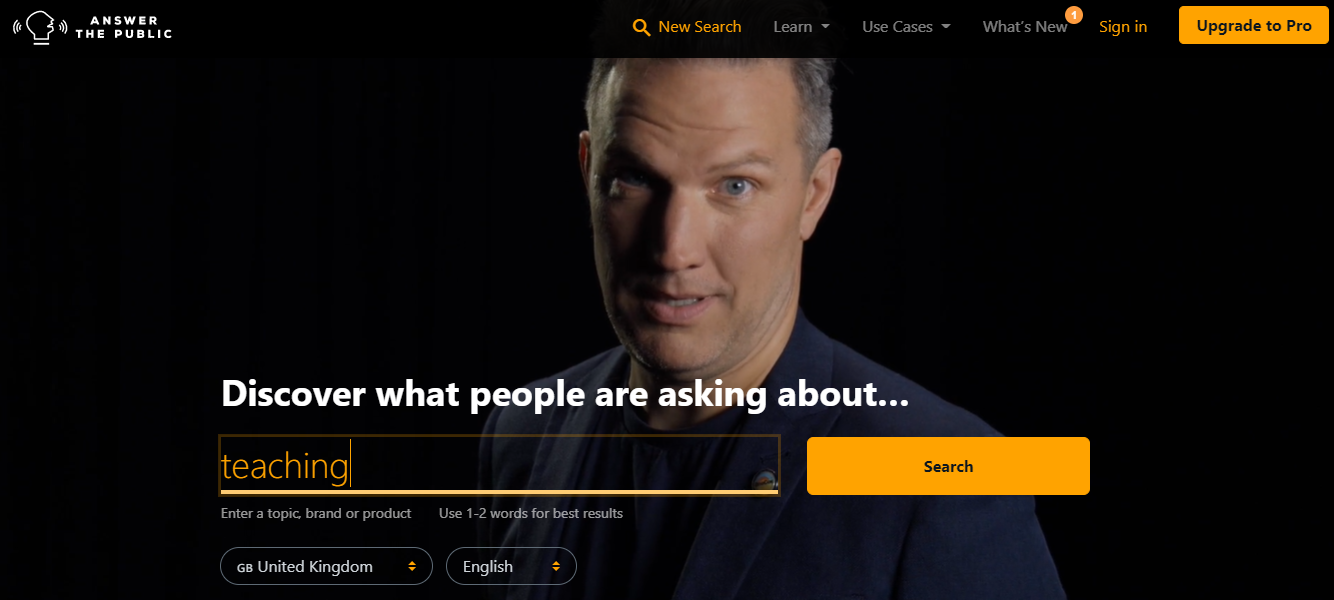
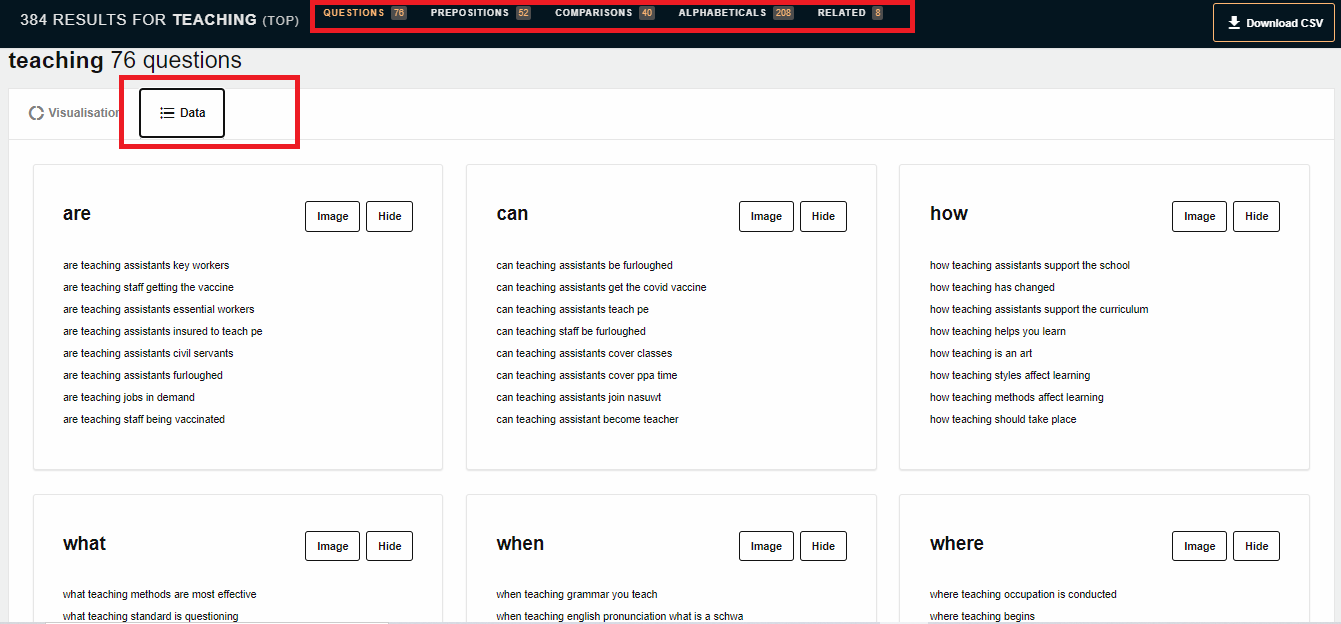
Hi Nikola,
It was a very insightful article! Although I am not a teacher, and there are no teachers on my friend list. I still think it will benefit a lot of people in my network. I encourage everyone to start a blog, and helping fellow teachers with setting up a blog would definitely be fulfilling. I gained a lot of information from this article, and I will definitely share all this if someone in my group or network needs my help. It was a great read!
Hi Nikola,
Teacher blog is something new to me as we saw many blog posts on how to start a blog for free or on particular hosting. But, it is something that actually helps newbie teachers to start their blogs.
You explained everything beautifully in this post. The way you crafted this blog post is outstanding.
Thanks